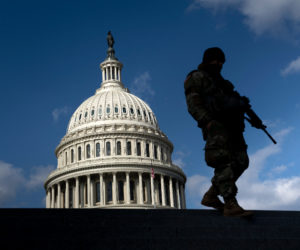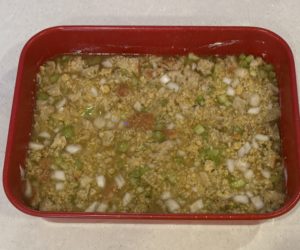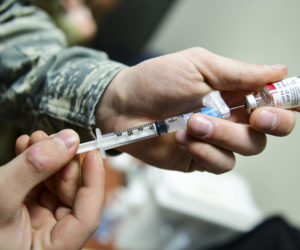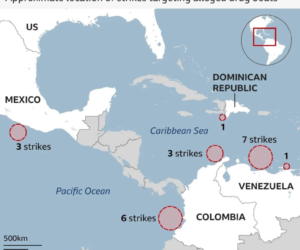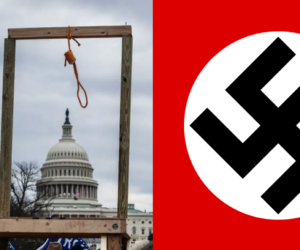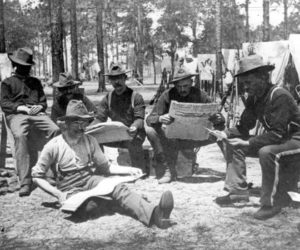
A report [pdf] out today from Yale’s Rudd Center for Food Policy and Obesity looks at fast food marketing targeting kids. Among the findings, of 12 fast food restaurant chains offering more than 3,000 kids meal combinations only 12 meet the nutritional guidelines for preschool-aged kids. CNN:
“The worst meal was at Dairy Queen,” said Jennifer Harris, director of marketing initiatives at the Yale center, and the lead study author. “It was a cheeseburger, french fries, a sugar sweetened soft drink and a chocolate Dilly Bar, which totaled 973 calories.”
The No. 2 culprit: KFC’s popcorn chicken kids meal, served with a biscuit, soda and a side of string cheese – totaling 840 calories.
Of the 12 meals that made the grade, Harris said it was Subway’s “Veggie Delite,” paired with apple slices and 100-percent juice that took the award for healthiest kids meal at 285 calories. Burger King’s macaroni and cheese meal with apple slices and fat-free milk came in at 285 calories as well.
It’s surprising to see Burger King has a healthy offering. The apple helps. Applying a bit of behavioral economics, why not switch the default on all kids offerings to apples over french fries?
David Just and Brian Wansink of the Cornell Center for Behavioral Economics in Child Nutrition Programs recently proposed some behavioral economics-inspired changes to the school lunchroom:
[T]he ideal lunchroom—the smartest lunchroom—would be the one that led children to make healthy choices in the face of some more tempting options. Restaurant owners know that subtle changes in how food is presented can have a large impact on food choice. These same tools can be applied within the school lunch context with surprising results. One school in upstate New York was able to increase consumption of salads by close to 300 percent by simply moving their salad bar six feet from the wall and placing it near a natural bottleneck in the check-out line. Another school increased fruit sales by 105 percent by moving the apples and oranges from stainless steel bins into a well-lit and attractive basket.
These low-cost/no-cost solutions leverage the natural psychology of choice that teenagers use when choosing their lunch. Such behavioral solutions deserve our attention for three reasons. First, they have dramatic results—many are three to five times more effective than more traditional policies. Second, these solutions are inexpensive. Many can be triggered by simply rearranging the food that is already in the line. There are no new recipes, no implementation costs, and no equipment that would cost more than $50.
Our food policies subsidize corn and other industrial agriculture crops so that fast food restaurants make far more money from french fries than from apples or healthier choices. Until that changes we won’t see these smart lunchroom innovations applied to your local fast food outlet.
The Rudd Center report finds that $4.2 billion was spent on fast food advertising last year; the average preschooler is seeing 21 percent more ads than in 2003. More on lunchrooms here and here.





